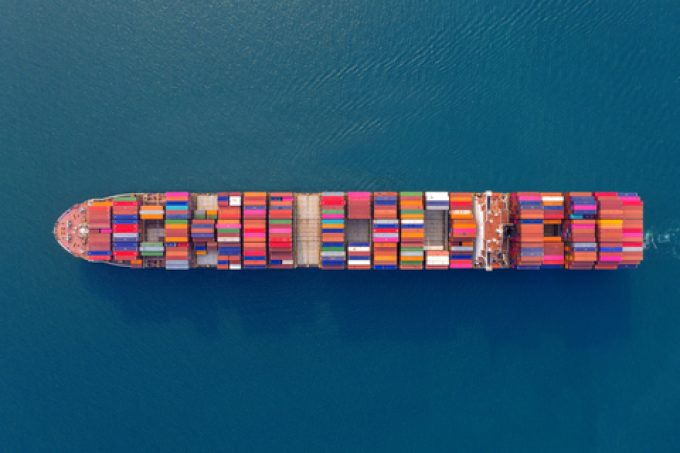Mixed response in US to 'Liberation Day', while China leads wave of retaliation
Some shippers have paused transport into the US amid the chaos thrown up by the ...

US container import volumes fell by 21% in April, compared with the same month of last year, according to the latest analysis by consultant John McCown ? and there are no signs of an early recovery in demand.
The Port of Los Angeles, for example, saw its import container throughput collapse by a quarter last month to 343,688 teu, from the elevated highs of a year ago, when at times there were 100 ships anchored outside the San Pedro Bay area ...
Trump tariffs see hundreds of cancelled container bookings a day from Asia
Macron calls for ‘suspension’ – CMA CGM's $20bn US investment in doubt
De minimis exemption on shipments from China to the US will end in May
Forwarders stay cool as US 'liberation day' tariffs threaten 'global trade war'
Mixed response in US to 'Liberation Day', while China leads wave of retaliation
Tariffs and de minimis set air freight rates on a volatile course
Overcapacity looms for ocean trades – with more blanked sailings inevitable
'To ship or not to ship', the question for US importers amid tariff uncertainty
List of blanked transpac sailings grows as trade war heats up and demand cools
'Chaos after chaos' coming from de minimis changes and more tariffs
East-west rates diverge as transpac spots hold while Asia-Europe keeps falling

Comment on this article